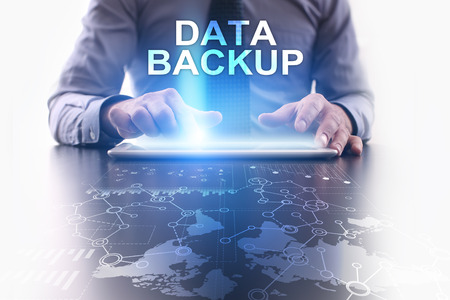Businesses that depend on IT services in Atlanta understand that backup is not a luxury, but a necessity. As a business, it is imperative that you protect your internal documents, fast-changing transactional data, and customer-facing marketing statistics.
Understanding BDR
Backup and disaster recovery (BDR) do not signify the same thing. Backup refers to the process of making extra copies of data in case the original is damaged, destroyed or lost while disaster recovery in IT means returning the operations environment to the previous functioning state.
Backup and disaster management complement each other. If your business loses some or all data, but your operations environment is fine, you will utilize the backup function and load it on your systems. In case your IT environment is not available, you will not be able to restore the backup data. This shows that protecting your data is not enough— your business has to ensure the entire computing environment is secure including network, hardware, software, and data.
Consequently, the function of disaster management offers your business a complimentary, redundant environment where it will not just load back the data, but can restructure and operate your IT service when your primary system is not available.
Relative to your business’ main data center, the recovery environment can be local and remote. It is not compulsory to have a remote environment since not all disasters require it. A good example is if your business went through a server breakdown, while your data center is in one piece, you can switch to a local hardware and use it as your prime server for some time. If for instance your data center has been damaged then you will be required to switch to a remote center that has not been affected by the same calamity.
The switch to a new server will depend on your requirements and the capacity of your disaster recovery provider. Three models distinguish how your data recovery takes place:
- Cold – This model preserves and backs up your data and replicates your systems in the form of images which are stored locally or remotely. The recovery servers are not loaded, but if requested they will be loaded and started.
- Warm – This model is similar to cold except the recovery servers are loaded onto their assigned hosts and configured. All that is required is to load the data and spin the servers.
- Hot – This model syncs up your data to your redundant environment which is running parallel to your primary.
Another important factor to consider for businesses requiring IT services in Atlanta is that your company does not have to wait for a calamity to benefit from disaster recovery solution. This is relevant when you are testing software upgrades, patches, or new use cases.
Many companies have tried to implement their disaster recovery, only to realize it is riddled with hidden costs and unnecessary risks. Businesses that require IT services in Atlanta have a reliable partner in us at MIS Solutions. We offer effective backup and disaster recovery services without any hidden costs. Contact us today to learn more.

